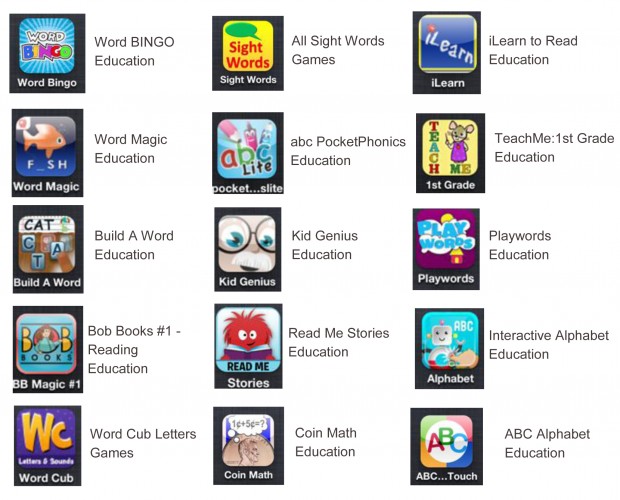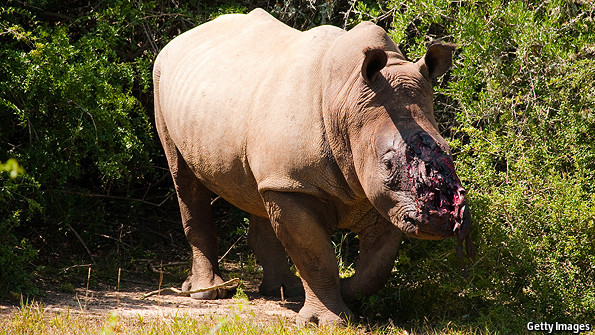The traditional ways of the economy have long frustrated those freshly entering the workforce, prompting the creation of “collaborative economies”, a rising movement that strives to “save people time and money through cooperative efforts.”
“AskforTask” is the perfect example of what a collaborative economy is. This is an online marketplace where “askers” request for “taskers” to complete tasks at a negotiated price. Similar to sellers on sites such as Etsy, those who work through AskforTask have been dubbed “micro-entrepreneurs”, who continuously build their personal brand upon job completions.
This method allows one to obtain invaluable work experience and build networks while they continue education or search for a full-time position. Although most enter for financial reasons to begin with, many stay for the human connections they make while doing tasks.
AskforTask Helping Canadians Find Jobs They Love
As a student, entering a collaborative economy or becoming a micro-entrepreneur sounds exceedingly appealing, as I am able to make connections and money while completing school. This article has illuminated a new definition of “entrepreneurs” for me, showing just how fast business sectors adjust to keep up with the changing times as well as the importance of micro-entrepreneurs, something Etsy CEO Chad Dickerson also agrees with.








